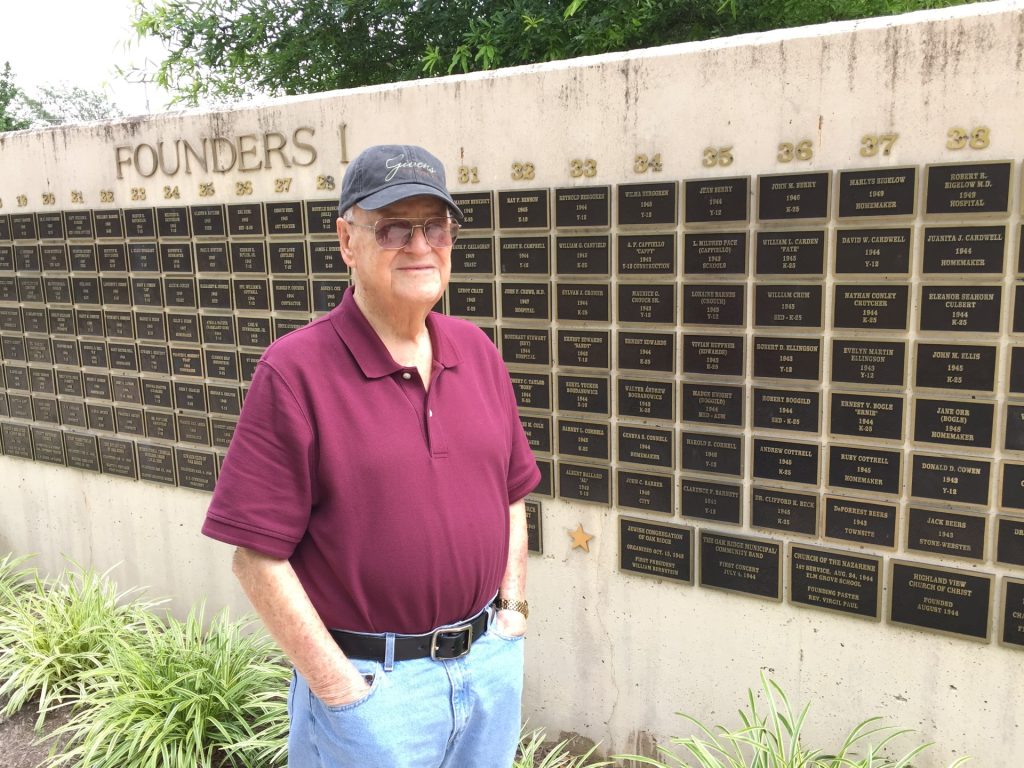William Crum was born on September 4, 1925, in Hancock County, IL. He was the seventh of eight siblings who grew up on a farm in Western Illinois near the Mississippi River. He was educated in a one-room schoolhouse, played center for the LaHarpe High School football team, won the Latin Prize, and graduated as Valedictorian at sixteen. He enrolled in the University of Illinois’s College of Engineering in 1942, where he studied until he was drafted into the U.S. Army in 1944.
He received his Army basic training at Ft. Hood, Texas, and while there was given a test that, unbeknownst to him, was intended to identify candidates for the Army Specialized Training Program (ASTP). On completion of basic training, he entered the ASTP and went to Corvallis, Oregon to attend classes at Oregon State College. Upon completion of that training, he received orders to report to Oak Ridge, Tennessee, where he became part of the Special Engineering Detachment (SED) working in the K-25 plant that was part of the Manhattan Project. When World War II ended, he went back to Urbana and finished his Mechanical Engineering degree in 1947, graduating with high honors.
William Crum passed away at the age of 93 on October 29, 2018.





